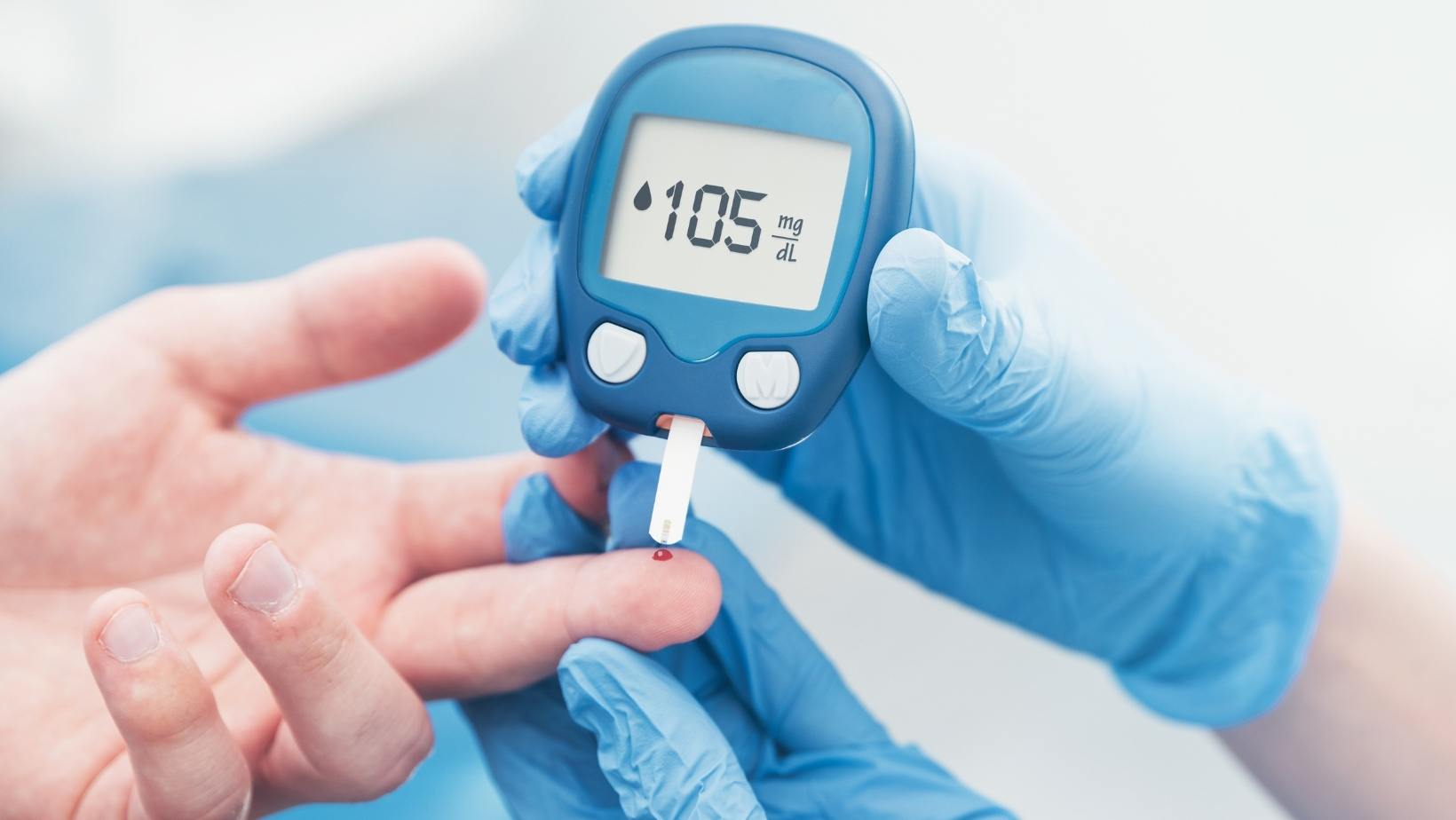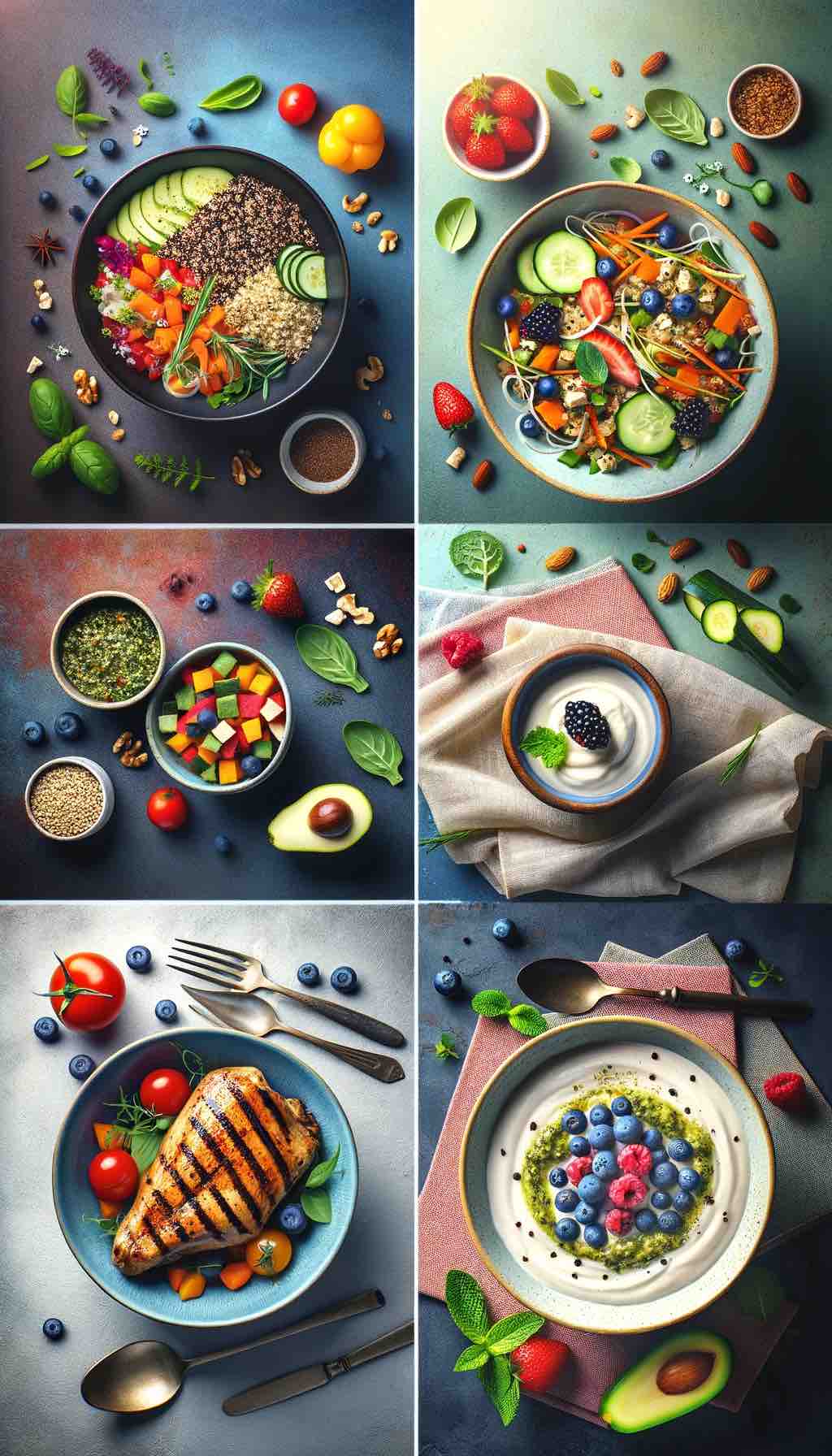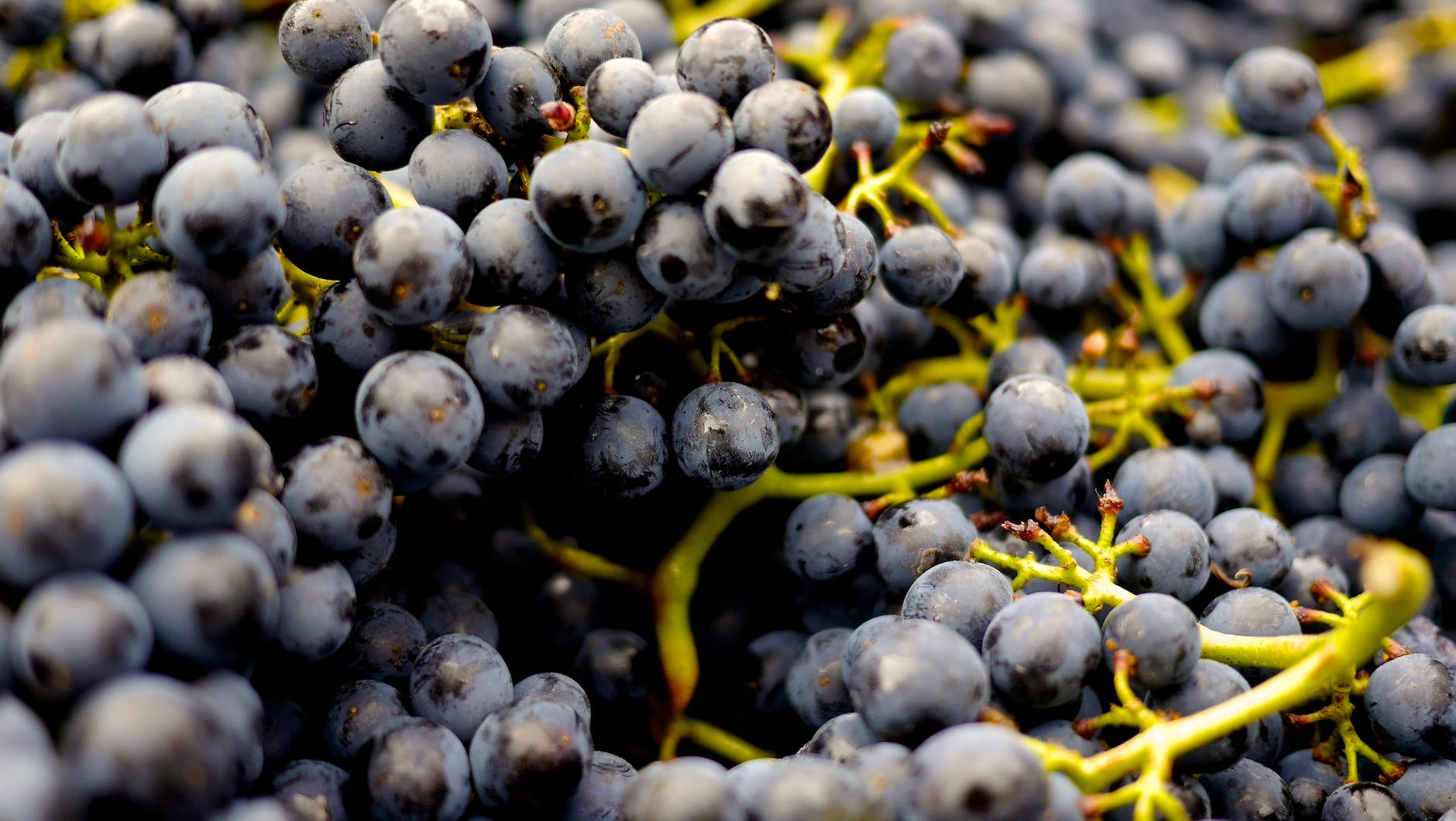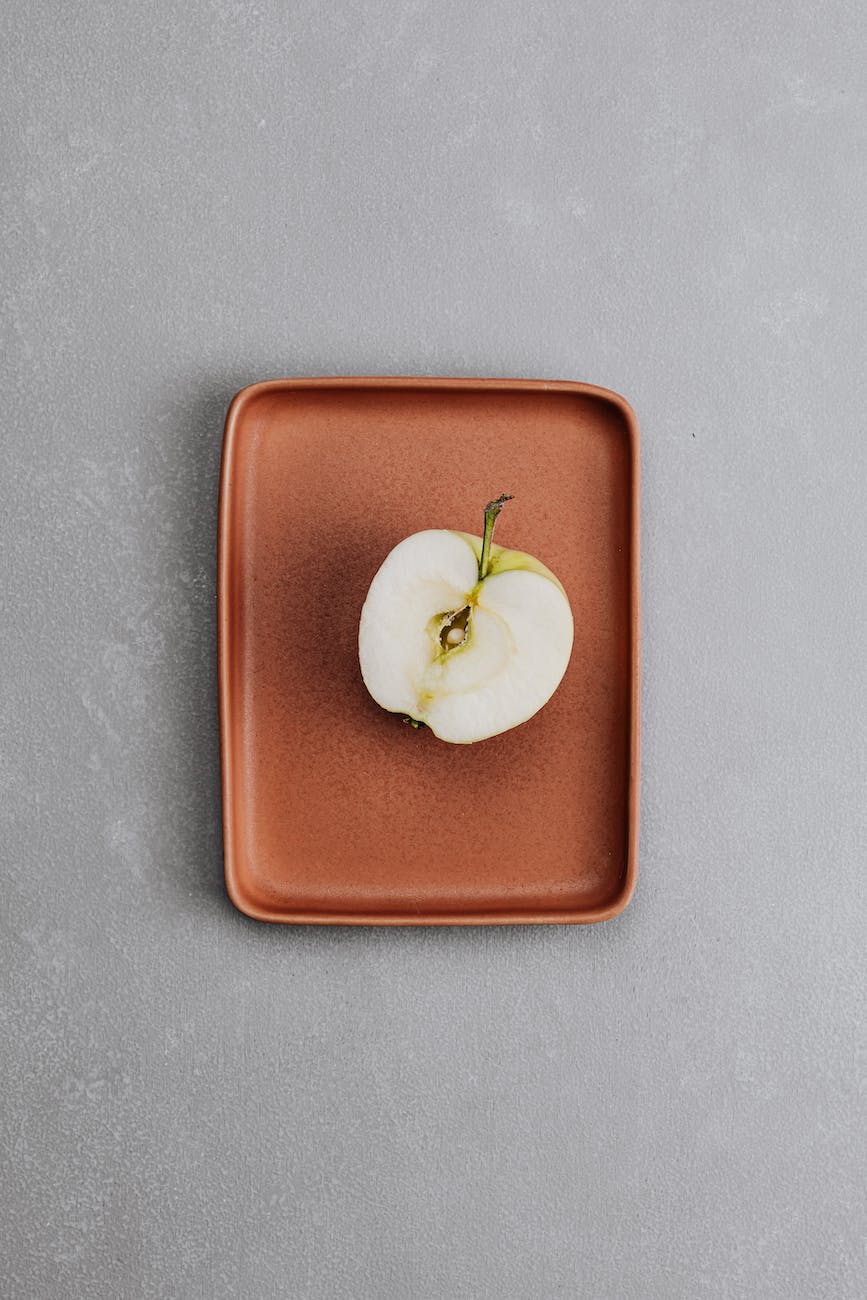
Introduction: Beans are a versatile and nutritious food option that can play a significant role in managing diabetes. They are rich in fiber, protein, and essential nutrients while having a low glycemic index (GI), making them an ideal choice for individuals seeking to regulate their blood sugar levels. In this comprehensive guide, we will explore the impact of various types of beans on diabetes, their benefits, and delicious ways to incorporate them into your diet. Let’s dive in and discover the incredible benefits of beans for diabetes management! 🌿🥦
Table of Contents:
- Understanding the Glycemic Index (GI) and its Significance in Diabetes
- Kidney Beans: The Blood Sugar Stabilizers 🍛
- Impact on Blood Sugar Levels: Low GI, Steady Glucose Absorption
- Nutritional Benefits and Recipes
- Lima Beans: Fiber-Rich Allies for Blood Sugar Control 🌽
- Impact on Blood Sugar Levels: Low GI, Slower Carbohydrate Digestion
- Nutritional Benefits and Recipes
- Mung Beans: Blood Sugar Regulators with Antioxidant Power 🌱
- Impact on Blood Sugar Levels: Low GI, Enhanced Insulin Sensitivity
- Nutritional Benefits and Recipes
- Red Beans: Diabetes-Friendly Legumes for Heart Health 💓
- Impact on Blood Sugar Levels: Low GI, Stable Glucose Release
- Nutritional Benefits and Recipes
- Soya Beans: Plant-Based Protein for Optimal Glycemic Control 🌿
- Impact on Blood Sugar Levels: Low GI, Improved Insulin Sensitivity
- Nutritional Benefits and Recipes
- Green Beans: Fiber-Packed Support for Blood Sugar Stability 🥬
- Impact on Blood Sugar Levels: Low GI, Essential Nutrient Boost
- Nutritional Benefits and Recipes
- Pinto Beans: Blood Sugar Balancers with High Nutritional Value 🌮
- Impact on Blood Sugar Levels: Low GI, Enhanced Insulin Sensitivity
- Nutritional Benefits and Recipes
- Black Beans: Fiber-Rich Gems for Steady Blood Sugar 🖤
- Impact on Blood Sugar Levels: Low GI, Heart Health Promotion
- Nutritional Benefits and Recipes
- Tips for Incorporating Beans Into Your Diabetes-Friendly Diet 🍽️
- Portion Control: The Right Amount of Beans
- Cooking Methods: Healthy Ways to Prepare Beans
- Meal Ideas: Creative Bean-Based Recipes
- Conclusion: Beans as a Nutritious Ally in Diabetes Management 🌱🌟
1. Understanding the Glycemic Index (GI) and its Significance in Diabetes The glycemic index (GI) is a ranking system that measures the impact of carbohydrate-containing foods on blood sugar levels. Foods with a low GI (55 or less) are digested and absorbed more slowly, leading to a gradual rise in blood sugar levels. This slow release of glucose can help prevent spikes in blood sugar and provide sustained energy levels. Incorporating low GI foods like beans into your diet can contribute to stable blood sugar control and improved overall glycemic management.
2. Kidney Beans: The Blood Sugar Stabilizers 🍛 Kidney beans have a low glycemic index, making them excellent choices for individuals with diabetes. They are packed with fiber, protein, and essential nutrients, which promote satiety and help regulate blood sugar levels. The soluble fiber in kidney beans slows down digestion and the absorption of carbohydrates, preventing blood sugar spikes. Additionally, kidney beans provide a good source of iron and folate. Here are some delicious recipes to incorporate kidney beans into your diabetes-friendly diet:
- Kidney Bean Chili: A hearty and flavorful dish that combines kidney beans, tomatoes, spices, and lean ground turkey or beef. It’s a nutritious option packed with protein and fiber.
- Kidney Bean Salad: A refreshing salad with kidney beans, mixed greens, cherry tomatoes, cucumbers, and a tangy vinaigrette dressing. It’s a great option for a light and nutritious meal.
3. Lima Beans: Fiber-Rich Allies for Blood Sugar Control 🌽 Lima beans are known for their fiber content, making them an ideal addition to a diabetes-friendly diet. They have a low glycemic index and high fiber content, which slows down carbohydrate digestion and glucose absorption. This gradual release of glucose supports steady blood sugar levels and promotes better glycemic control. Lima beans are also a good source of potassium and magnesium. Try these tasty recipes to enjoy the benefits of lima beans:
- Lima Bean Soup: A comforting and filling soup made with lima beans, vegetables, and herbs. It’s a nutritious option that provides a good balance of carbohydrates, protein, and fiber.
- Lima Bean Salad with Roasted Vegetables: A colorful salad combining roasted vegetables, lima beans, feta cheese, and a tangy lemon dressing. It’s a flavorful and nutrient-dense meal option.
4. Mung Beans: Blood Sugar Regulators with Antioxidant Power 🌱 Mung beans are not only rich in fiber but also packed with antioxidants, offering numerous health benefits. They have a low glycemic index, which helps regulate blood sugar levels and improves insulin sensitivity. Mung beans are also a good source of plant-based protein and provide essential nutrients like folate, magnesium, and potassium. Try these delicious recipes to incorporate mung beans into your diabetes-friendly diet:
- Mung Bean Curry: A flavorful curry made with mung beans, vegetables, and aromatic spices. It’s a protein-rich and satisfying dish that pairs well with whole grains like brown rice or quinoa.
- Mung Bean Salad: A refreshing salad combining cooked mung beans, mixed greens, cherry tomatoes, cucumbers, and a zesty dressing. It’s a light and nutritious option for a quick and easy meal.
5. Red Beans: Diabetes-Friendly Legumes for Heart Health 💓 Red beans, such as kidney beans or adzuki beans, are not only delicious but also beneficial for individuals with diabetes. They have a low glycemic index and are rich in fiber, protein, and antioxidants. Red beans provide a gradual release of glucose into the bloodstream, preventing sudden blood sugar spikes. They also offer cardiovascular benefits, including reduced risk of heart disease and improved cholesterol levels. Here are some tasty recipes to enjoy the benefits of red beans:
- Red Bean Stew: A hearty stew made with red beans, vegetables, lean meat or plant-based protein, and flavorful spices. It’s a satisfying and nutritious option for a comforting meal.
- Red Bean Salad with Quinoa: A protein-packed salad combining cooked red beans, quinoa, fresh vegetables, herbs, and a tangy dressing. It’s a balanced and filling meal option.
6. Soya Beans: Plant-Based Protein for Optimal Glycemic Control 🌿 Soya beans, also known as soybeans, are an excellent source of plant-based protein and can be highly beneficial for individuals with diabetes. They have a low glycemic index and are packed with fiber, healthy fats, and essential nutrients like calcium and iron. Soya beans offer several health benefits, including improved insulin sensitivity and heart health. Incorporate soya beans or soya-based products like tofu or edamame into your diet with these delicious recipes:
- Soya Bean Stir-Fry: A flavorful stir-fry combining soya beans, colorful vegetables, and aromatic spices. It’s a quick and nutritious option for a wholesome meal.
- Grilled Tofu Salad: A protein-rich salad featuring grilled tofu, soya beans, mixed greens, cherry tomatoes, and a tangy dressing. It’s a satisfying and refreshing choice for a light lunch or dinner.
7. Green Beans: Fiber-Packed Support for Blood Sugar Stability 🥬 Green beans are not only low in calories but also rich in fiber, vitamins, and minerals. They have a low glycemic index, which promotes stable blood sugar control and prevents rapid glucose spikes. The fiber content in green beans slows down carbohydrate digestion and glucose absorption, contributing to better glycemic management. Enjoy the benefits of green beans with these delightful recipes:
- Green Bean Casserole: A classic dish made with green beans, mushrooms, and a creamy sauce, topped with crispy onions. It’s a comforting and nutritious option for a special occasion or family gathering.
- Sautéed Green Beans with Garlic: A simple and flavorful side dish featuring sautéed green beans, garlic, and a squeeze of lemon. It’s a quick and healthy addition to any meal.
8. Pinto Beans: Blood Sugar Balancers with High Nutritional Value 🌮 Pinto beans are packed with fiber, protein, and essential nutrients, making them an excellent choice for individuals with diabetes. They have a low glycemic index and offer a slow release of glucose into the bloodstream, promoting stable blood sugar levels. Pinto beans also contribute to improved insulin sensitivity and heart health. Try these delicious recipes to incorporate pinto beans into your diet:
- Pinto Bean Burritos: Flavorful and filling burritos filled with pinto beans, whole grain tortillas, vegetables, and your favorite toppings. It’s a satisfying and nutritious meal option.
- Pinto Bean Salad: A refreshing salad combining cooked pinto beans, fresh vegetables, herbs, and a tangy dressing. It’s a light and flavorful choice for a healthy lunch or dinner.
9. Black Beans: Fiber-Rich Gems for Steady Blood Sugar 🖤 Black beans, with their low glycemic index and abundant fiber content, are a valuable addition to a diabetes-friendly diet. They provide sustained energy due to their slow release of glucose, helping to maintain stable blood sugar levels. Black beans also offer additional health benefits, including improved heart health and increased satiety. Enjoy the benefits of black beans with these delicious recipes:
- Black Bean Soup: A comforting and flavorful soup made with black beans, vegetables, and aromatic spices. It’s a nutritious option that provides a good balance of carbohydrates, protein, and fiber.
- Black Bean Salad with Avocado: A refreshing salad combining black beans, avocado, cherry tomatoes, red onions, and a lime-cilantro dressing. It’s a satisfying and nutritious choice for a light meal or side dish.
10. Tips for Incorporating Beans Into Your Diabetes-Friendly Diet 🍽️ Incorporating beans into your diabetes-friendly diet can be a delicious and nutritious choice. Here are some tips to help you make the most of beans in your meals:
- Portion Control: While beans are nutrient-dense, it’s important to watch your portion sizes to manage carbohydrate intake effectively. Aim for around ½ to 1 cup of cooked beans per serving.
- Cooking Methods: Opt for healthier cooking methods such as boiling, steaming, or baking instead of frying to minimize added fats and calories.
- Meal Ideas: Add beans to soups, stews, salads, or side dishes to enhance the nutritional value of your meals. They can be a great replacement for higher-glycemic ingredients like rice or pasta.
- Pairing with Whole Grains: Combining beans with whole grains like brown rice or quinoa creates a balanced meal that provides essential nutrients and promotes steady blood sugar control.
- Experiment with Recipes: Explore diverse recipes and cooking techniques to enjoy the variety of flavors and textures that beans offer.
FAQs (Frequently Asked Questions) – Beans and Diabetes
Q1: Are beans suitable for individuals with diabetes? A1: Yes, beans are highly suitable for individuals with diabetes. They have a low glycemic index, which means they cause a gradual rise in blood sugar levels. Additionally, beans are rich in fiber, protein, and essential nutrients, making them a nutritious choice for blood sugar management.
Q2: How do beans impact blood sugar levels? A2: Beans impact blood sugar levels by providing a slow release of glucose into the bloodstream. Their low glycemic index and high fiber content help regulate blood sugar levels, preventing sudden spikes. This gradual release of glucose promotes stable blood sugar control.
Q3: Which types of beans have a low glycemic index? A3: Several types of beans have a low glycemic index, including kidney beans, lima beans, mung beans, red beans, soya beans, green beans, pinto beans, and black beans. These beans are excellent choices for individuals with diabetes.
Q4: How can beans benefit individuals with diabetes? A4: Beans offer several benefits for individuals with diabetes, including:
- Providing a good source of fiber, which aids in blood sugar control and promotes satiety.
- Offering plant-based protein, which is beneficial for overall health.
- Supplying essential nutrients like iron, folate, magnesium, and potassium.
- Supporting heart health by reducing the risk of cardiovascular diseases.
Q5: How can I incorporate beans into my diabetes-friendly diet? A5: Here are some tips for incorporating beans into your diabetes-friendly diet:
- Add them to soups, stews, salads, or side dishes for a nutrient boost.
- Combine beans with whole grains like brown rice or quinoa for a balanced meal.
- Experiment with different recipes to enjoy the variety of flavors and textures that beans offer.
- Watch portion sizes to manage carbohydrate intake effectively.
Q6: Can I freeze homemade beans for later use? A6: Yes, homemade beans can be frozen for later use. Allow them to cool completely before transferring to airtight containers or freezer bags. Label and date the containers, and store them in the freezer for up to 3 months. Thaw beans in the refrigerator before reheating.
Q7: Are there any precautions when consuming beans for individuals with diabetes? A7: While beans are generally considered healthy for individuals with diabetes, it’s essential to monitor portion sizes and carbohydrate intake. Each person’s tolerance to beans may vary, so it’s advisable to check your blood sugar levels after consuming beans and adjust your portion sizes accordingly. Consult with a healthcare professional or a registered dietitian for personalized guidance.
Q8: Can I incorporate canned beans into my diabetes-friendly diet? A8: Yes, canned beans can be incorporated into a diabetes-friendly diet. Opt for low-sodium or no-added-salt varieties and rinse them thoroughly to reduce the sodium content. It’s always a good idea to check the ingredient list and choose options without added sugars or unhealthy fats.
Q9: Are there any specific beans that are best for diabetes management? A9: While all beans have similar beneficial properties, some studies suggest that certain beans like kidney beans, mung beans, and black beans may have a more significant impact on blood sugar management. However, incorporating a variety of beans into your diet can provide a wide range of nutrients and health benefits.
Q10: Can beans replace other carbohydrate sources in a diabetes-friendly diet? A10: Beans can be a healthy replacement for other higher-glycemic carbohydrate sources in a diabetes-friendly diet. They offer a good balance of carbohydrates, fiber, and protein, which can contribute to better blood sugar control. However, it’s essential to work with a healthcare professional or a registered dietitian to create a well-balanced meal plan that suits your individual needs.
Remember, it’s always recommended to consult with a healthcare professional or a registered dietitian before making significant changes to your diet, especially if you have diabetes or any other medical condition. They can provide personalized guidance based on your specific needs and help you create a meal plan that supports your overall health and well-being.
Conclusion: Beans as a Nutritious Ally in Diabetes Management 🌱🌟 Incorporating beans into a diabetes-friendly diet can be an excellent strategy for blood sugar management. Their low glycemic index, high fiber content, and nutritional value make them valuable allies in promoting stable blood sugar levels and overall well-being. By embracing kidney beans, lima beans, mung beans, red beans, soya beans, green beans, pinto beans, and black beans, individuals with diabetes can enjoy a wide range of delicious and nutrient-packed meals. Remember to consult with a healthcare professional or a registered dietitian to create a personalized meal plan that suits your specific dietary needs. Embrace the goodness of beans and embark on a journey toward better diabetes management and improved health! 🌱❤️
Blog Tags: diabetes, blood sugar management, beans and diabetes, low glycemic index, kidney beans, lima beans, mung beans, red beans, soya beans, green beans, pinto beans, black beans, diabetes-friendly recipes, diabetes-friendly meals, healthy eating, nutrition, glycemic control













